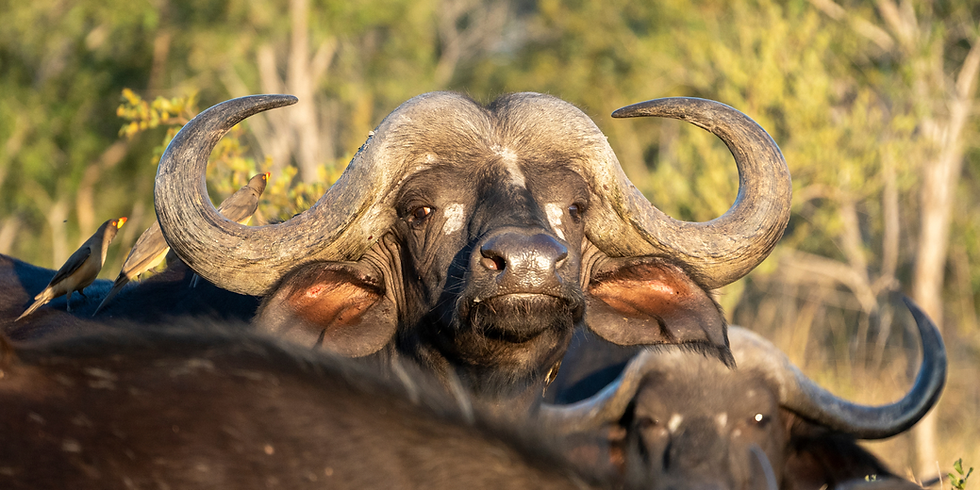From fear to fascination: A closer look at baboon spiders
- Bushwise Student

- Jun 27
- 3 min read
Updated: Jun 30
This blog was written by Lilias Burnel, a Bushwise Professional Safari Guide student. Each student takes a turn as camp manager, and writing a blog is part of the experience.
Baboon spiders tend to get a bad reputation. With their long legs, large fangs, and hidden burrows, it’s easy to see why people often associate them with danger. But like many misunderstood species, a closer look tells a very different story.
In the wild, encounters with baboon spiders are often brief, usually just a flash of movement as one disappears into its burrow. They keep to themselves, going about their lives quietly. But for those who take the time to stop and watch, something is fascinating about their stillness and precision. What might look like a threatening posture at first is usually a defensive one. This is a natural response in a world full of predators.

Baboon spiders belong to the Harpactirinae subfamily, a group of tarantula-like spiders found across Africa. They’re named for the thick, hairy appearance of their legs, which resemble those of a baboon. Unlike web-building species, baboon spiders are ambush predators. They spend most of their time in burrows, which can be up to half a metre deep, using them as both a hiding place and a base for hunting. Some species line their burrow entrances with silk and bits of debris, while others create a tidy circular opening that blends into the surrounding earth.
Their hunting method relies on patience. The spider stays tucked away, sensing vibrations on the silk lining of the burrow as insects move nearby. When the moment’s right, it quickly strikes, grabbing its prey and delivering a venomous bite. In some species, the fangs can reach nearly two centimetres in length, strong enough to pierce tough exoskeletons. That said, their venom is not considered dangerous to humans. Bites may cause some pain or swelling, but serious reactions are extremely rare.

One of the more surprising things about baboon spiders is how long they can live. While many spiders survive only a year or two, female baboon spiders can live for over 20 years. They grow slowly, moulting several times a year as they mature, and can even regenerate lost limbs over time. However, moulting leaves them vulnerable for a short while until their new exoskeleton hardens. Males, on the other hand, have a much shorter life cycle. Once they reach maturity and find a mate, their role is complete.
Despite their resilience, baboon spiders are under threat. Expanding agriculture and urban development are reducing the natural areas where they can safely build burrows. Illegal collection for the pet trade is another concern, especially for species with slower growth rates. Although they may still seem fairly common, their slow life cycle means populations can decline quickly. Conservation efforts are underway in some regions, but changing how people see them is just as important.

Baboon spiders are a good example of how first impressions can be misleading. What at first seems frightening can, with time and understanding, become something worth protecting. These spiders aren’t aggressive or dangerous – they’re simply well-adapted survivors, playing their part in the ecosystem like so many others. And once we start to see them that way, it’s hard not to be impressed.
Want to experience Africa’s wildlife up close? Join a Bushwise course and learn from experts while seeing incredible wildlife.



